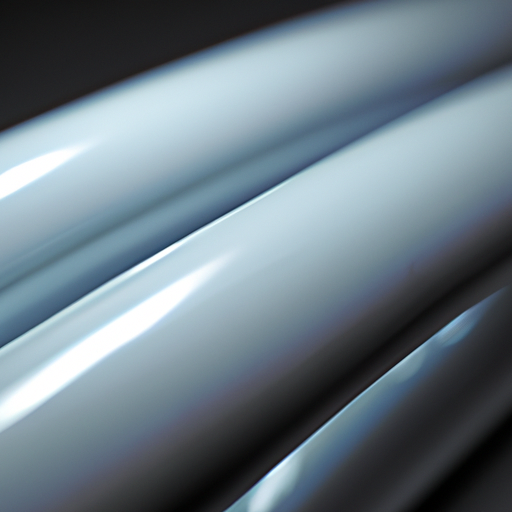
Heating tubes are an essential component in many industrial processes, providing the necessary heat to achieve specific temperatures for various applications. These tubes are commonly used in industries such as manufacturing, food processing, and chemical processing, among others. In this article, we will explore the different types of heating tubes, their applications, and the importance of proper maintenance to ensure optimal performance.

There are several types of heating tubes available on the market, each designed for specific applications and operating conditions. Some of the most common types include:
1. Immersion Heating Tubes: These tubes are submerged in a liquid or gas to heat it directly. They are commonly used in water heaters, boilers, and industrial processes that require precise temperature control.
2. Tubular Heating Elements: These are versatile heating elements that can be bent or shaped to fit specific applications. They are commonly used in ovens, dryers, and other heating equipment.
3. Infrared Heating Tubes: These tubes emit infrared radiation to heat objects or surfaces directly. They are commonly used in heating processes that require rapid heating or drying.
4. Quartz Heating Tubes: These tubes are made of quartz glass and are used in applications that require high temperatures and resistance to chemical corrosion. They are commonly used in semiconductor manufacturing, laboratory equipment, and medical devices.
Applications of Heating Tubes
Heating tubes are used in a wide range of applications across various industries. Some of the common applications include:
1. Heating liquids and gases in industrial processes such as chemical processing, food processing, and pharmaceutical manufacturing.
2. Heating surfaces or objects in drying processes, such as in ovens, dryers, and kilns.
3. Providing heat for comfort in residential and commercial buildings, such as in water heaters and HVAC systems.
4. Heating materials in manufacturing processes, such as in plastic molding, metal fabrication, and glass production.
Importance of Proper Maintenance
Proper maintenance of heating tubes is essential to ensure optimal performance and longevity. Some of the key maintenance practices include:
1. Regular cleaning: Heating tubes can accumulate dirt, debris, and other contaminants over time, which can reduce their efficiency. Regular cleaning with a soft brush or cloth can help remove these deposits and improve heat transfer.
2. Inspecting for damage: Heating tubes can develop cracks, corrosion, or other damage over time, which can affect their performance. Regular inspections can help identify any issues early and prevent costly repairs or replacements.
3. Checking for proper operation: Monitoring the temperature, pressure, and other operating conditions of heating tubes is essential to ensure they are functioning correctly. Any deviations from the normal operating parameters should be investigated and addressed promptly.
4. Replacing worn-out parts: Heating tubes have a limited lifespan and will eventually wear out. It is important to replace worn-out parts, such as heating elements or insulation, to maintain optimal performance and prevent downtime.
In conclusion, heating tubes are an essential component in many industrial processes, providing the necessary heat to achieve specific temperatures for various applications. Understanding the different types of heating tubes, their applications, and the importance of proper maintenance is crucial to ensure optimal performance and longevity. By following the recommended maintenance practices, heating tubes can continue to provide reliable and efficient heat for years to come.


